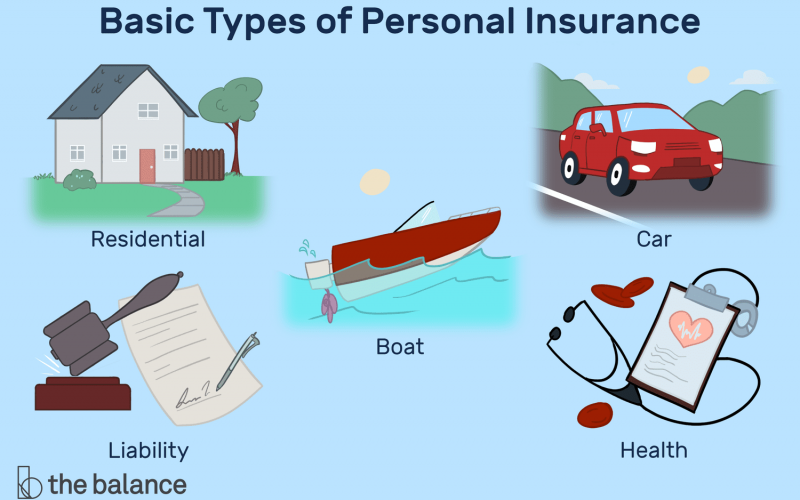06
Oct
In insurance, risks are classified into two categories: insurable risks and uninsurable risks. Understanding the distinction between these types of risks is essential in determining whether a risk can be covered by an insurance policy. Here's an overview of insurable and uninsurable risks: Insurable Risks:Insurable risks are those that meet specific criteria and are typically eligible for insurance coverage. These risks possess certain characteristics that make them suitable for transfer to an insurance company. Key features of insurable risks include: Fortuitous Loss: Insurable risks involve accidental or unforeseen events that result in a loss or damage. They are not intentionally…








